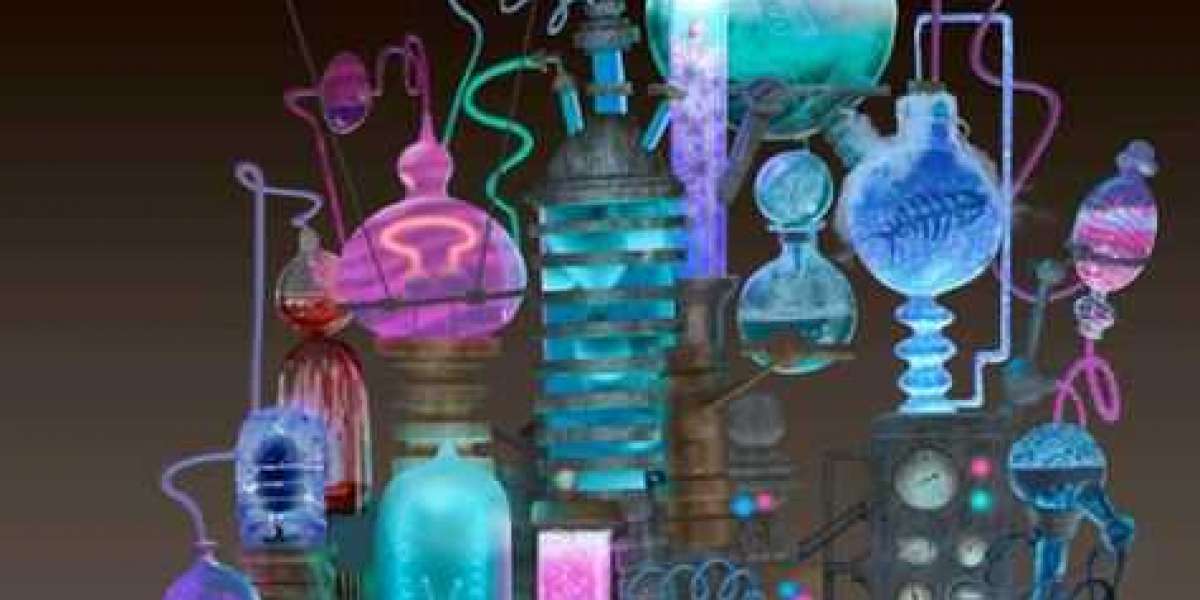Calcium Carbonate is the inorganic chemical substance with a chemical formula CaCO3. Calcium Carbonate is a chemical compound which, is among the most common chemical compounds first encountered in school classrooms where the chalk usage (a form of CaCO3) is common. It is also present in the crust of the earth.
The behavior of Calcium Carbonate (for example, the mineral calcite) in a near-surface environment is controlled primarly by equilibrium in the reaction:
CaCO3 + H2CO3 = Ca+2 + 2HCO-3 [1]
Commercial Production of Calcium Carbonate (CaCO3)
Commercial manufacturing of Calcium Carbonate (CaCO3) is of two kinds. Both classes perform industrially on the basis of the particle size and the characteristics of the product.
Ground Calcium Carbonate: It is produced by the extraction and processing of naturally occurring deposits. The shape of the GCC crystal is irregularly rhombohedral, and its distribution is broader in size.
Precipitated Calcium Carbonate: It is produced by the chemical precipitation process with the help of a carbocation process or a bulk chemical processes by-product. The structure of the PCC crystal is dependent on the product, and the particles are more regular and uniform with a narrow distribution size.
PCC has smaller particles of greater purity and is less abrasive and tends to have a higher brightness than GCC.
Structure of Calcium Carbonate (CaCO3)



